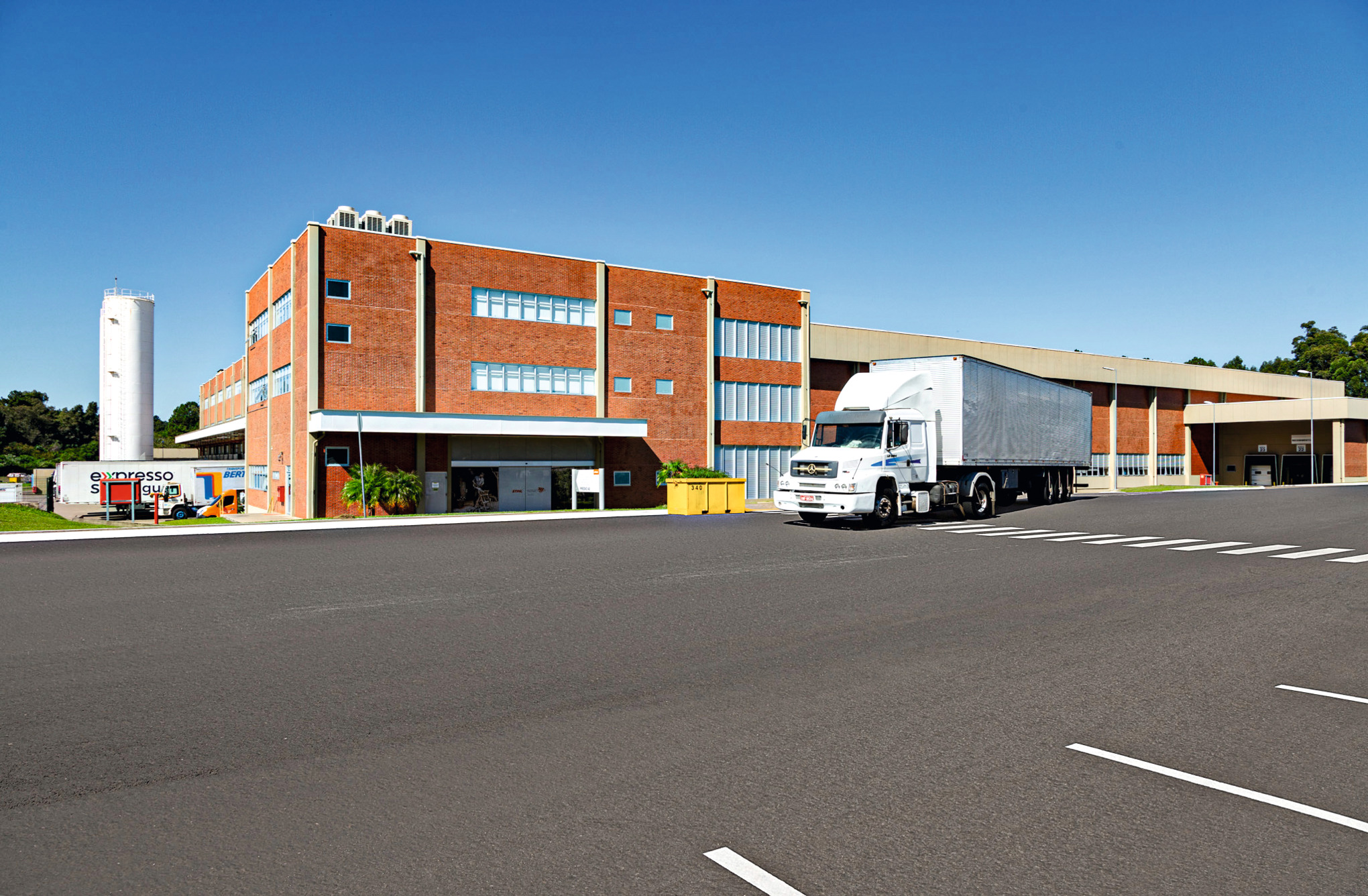Energy management in forestry
In a pilot project in collaboration with ForstBW, STIHL cordless technology is being tested in forestry maintenance – with very good results so far.
How well does STIHL cordless technology work in professional forestry maintenance? This is a question that is often asked not only by STIHL, but also by those who use the power tools, in this case, Forst Baden-Württemberg – ForstBW for short – which manages the state forest of Baden-Württemberg. The first principle: It is worthwhile to develop projects in a target-group-oriented manner directly with those who will use them.

BATTERIES IN FOREST CARE
An interdisciplinary team from Pre-Development and Product Management has set itself the goal of working with specialist practitioners to analyze the current STIHL portfolio in relation to forest care activities, with a view to identifying future potential. And the whole thing is happening not on a blank piece of paper, but within a pilot project and in close collaboration with ForstBW and its forestry workers. Both STIHL and ForstBW are hugely interested in the issue of bringing cordless technology into the forest. “The project is focused on the challenges that the cordless realm presents for forestry maintenance, compared to the customary combustion engines. For the current forest care season, two working groups in different ForstBW forestry districts were fully equipped with charging infrastructure prototypes and an extensive STIHL power tool portfolio. Stocked mostly with STIHL series-production products plus a few pre-series power tools, the equipment provided offers enough scope to effectively test different charging scenarios and identify differences in work processes during maintenance tasks when switching from gasoline to battery – always in close contact with the experienced forestry workers in the test operations,” explains Michael Varga (2/CPA-va), who manages the project on the STIHL side.
TWO CONCEPTS GENERATING GREAT ENTHUSIASM
One supplied option is a trailer that offers the possibility of also charging batteries while on the move during the working day. The other prototype is a permanently installed solution on the existing ForstBW transport vehicle, which enables as many individual batteries as possible to be charged overnight at the terminal point, centrally and from one socket. The forestry professionals, who have previously only had experience with combustion engines, have given consistently enthusiastic feedback. One of the main reasons is that the physical strain of maintenance applications is significantly reduced when working with cordless power tools. It is feasible for ForstBW to use the current and highly advanced STIHL pre-series portfolio to tackle the maintenance season without any restriction of previously established work processes. And what’s more: In addition to the reported advantages such as less noise, lower vibrations and no exhaust fumes, there is further potential for more ergonomic work. The forestry professionals have noted the STIHL MSA 220 and the new STIHL HTA 150 cordless maintenance tool as favorites for maintaining stocks of young trees. In crop protection tasks, the low-fatigue application of the HLA 135 K long-reach hedge trimmer is greatly appreciated, in place of the STIHL clearing saw with shredder blade which previously dominated. They have also been impressed by the various belt systems for carrying power tools, batteries and other accessories. There is future potential in advising and supporting the application-specific selection of the right power tool portfolio. Instead of a universal saw (most commonly the STIHL MS 261) which generally has to be used for a variety of tasks, forestry specialists appreciate having a wide range of tools available that enable them to individually deal with the various activities in forestry maintenance.

KEY LEARNINGS
A first conclusion can be drawn at the mid-point of the project: The number of forest areas needing maintenance in Germany is currently rising rapidly due to damage, and so too is the demand for ergonomic battery solutions to support carrying out this work. With the right combination from the current STIHL power tool and charging portfolio, forestry workers can manage the maintenance season, which is mostly in the summer months, fully cordlessly and even with some advantages. Ultimately, the decisive factor is the right combination of energy management and power tool management, because there is a central dependency on the existing infrastructure at forestry support points – a factor which varies widely. The challenge is therefore in flexible adaptability of the STIHL portfolio to individual on-site conditions. Practical testing shows that all of this can already be quickly implemented. It is a winning situation in many respects. Our joint project focus with ForstBW has so far only concerned maintenance work during the summer months. As such, as the test period with cordless power tools in forestry maintenance ends, forestry operators are now temporarily switching back to powerful combustion-engine felling saws for wood harvesting.


